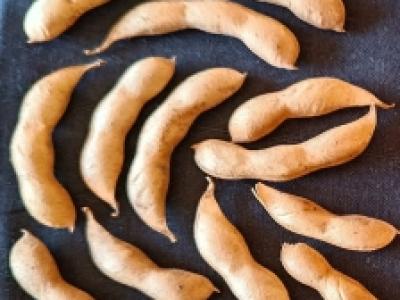Soybean Seed Count Dataset

- Citation Author(s):
-
Vijay K PatilNitin J Patil
- Submitted by:
- Vijay Patil
- Last updated:
- DOI:
- 10.21227/czmb-z396
- Data Format:
 210 views
210 views
- Categories:
- Keywords:
Abstract
Precise recognition of soybean pods is a crucial need for acquiring phenotypic characteristics, such as the number of productive pods and the quantity of seeds per plant. There exist several techniques for counting seeds, each with their own boundaries. An automated procedure, such as a machine learning algorithm, that takes a image as input and outputs the discrete count of a certain object of interest in the image, canbe used for this type of work. Which take the number of element in the labelled image and classification as per some criteria can be performed, also one can use a fully convolutional architecture in which the final convolutional output can consider the all possible numbers of object in the image and then sum up for the final count.
The Soybean Seed Count Dataset is a significant step toward automating seed counting processes, reducing manual labour, and improving the accuracy and efficiency of seed quantification. This dataset provides an excellent foundation for experiments and innovations in the said area.
The dataset is composed by RGB images of soybean pods. Which are in 3 channels 224x224 pixels. The Soybean Seed Count Dataset is a valuable resource for researchers, data scientists, and machine learning enthusiasts seeking to develop and fine-tune models for counting and image analysis. Comprising 100 labelled images in JPG and JASON format, this dataset offers a unique opportunity to explore the world of seed counting through the lens of machine learning. This is integer count, for example in one of the Image from dataset is having total 13 soybean pods out of which 7 pods are having 3 seeds and 6 pods has two seed each means total 33 seeds are in the image.
Instructions:
This dataset can be utilised by an automatic process like a machine learning algorithm that receives an image as input and gives the number of some object of interest in the image (discrete value). Which consider the number of element in the image as a label and transform it to some classification problem, Also one can use a fully convolutional architecture where the final convolutional output can consider the numbers of object in that region and then sum up.







